Table of Contents
If you are reading this, probably you are looking for the extra privacy and security needed while browsing online. Chrome proxy settings will make your browsing a lot more secure and private.
Key Takeaways
- Google Chrome proxy server is a network tool that allows you to access websites that are geo-restricted
- Use a proxy server to increase speeds and save bandwidth on a network by compressing traffic, caching files and web pages accessed by multiple users, and stripping ads from websites.
- Using an open or public proxy server is not recommended because it is not fully secured
- If you’re more concerned about your sensitive data, make sure your proxy server provides full encryption
- Google Chrome allows you to set up a proxy server connection from its in-built proxy settings
While standing in between you and the internet, they hide your IP making it hard for individuals and companies to track you. For more details about Chrome proxy settings, read the entire article.
What is Google Chrome?
Google chrome is a freeware, secure browser that was developed by Google Inc. It is fast and simple. There are some features that make Google chrome stand from Internet Explorer and other browsers out there such as;
- Auto-synchronization across all your devices
- Google Chrome has built-in apps for fast content access
- Allows a wide variety of extensions that you can install
- Google Chrome allows you to customize even the advanced features and many more

What is a Proxy Server?
A proxy server provides a gateway between network users and the internet. It hides your real IP by providing an alternative one providing extra safety, even if using proxy servers. This way, your proxy server conceals your computer’s identity so as to have a secure web session.
What is the Difference Between IP and Proxy?
Your IP address is associated with who you are, where you live, and what you do online. A proxy will mask this information from other parties online.
A proxy server acts as a middleman between you and the internet. When using a proxy, the exchange between your ISP and the website you are trying to access is remodeled.
What are the Two Types of Proxies?
There are two types of proxies: forward proxies (or tunnel, or gateway) and reverse proxies (used to control and protect access to a server for load-balancing, authentication, decryption or caching).
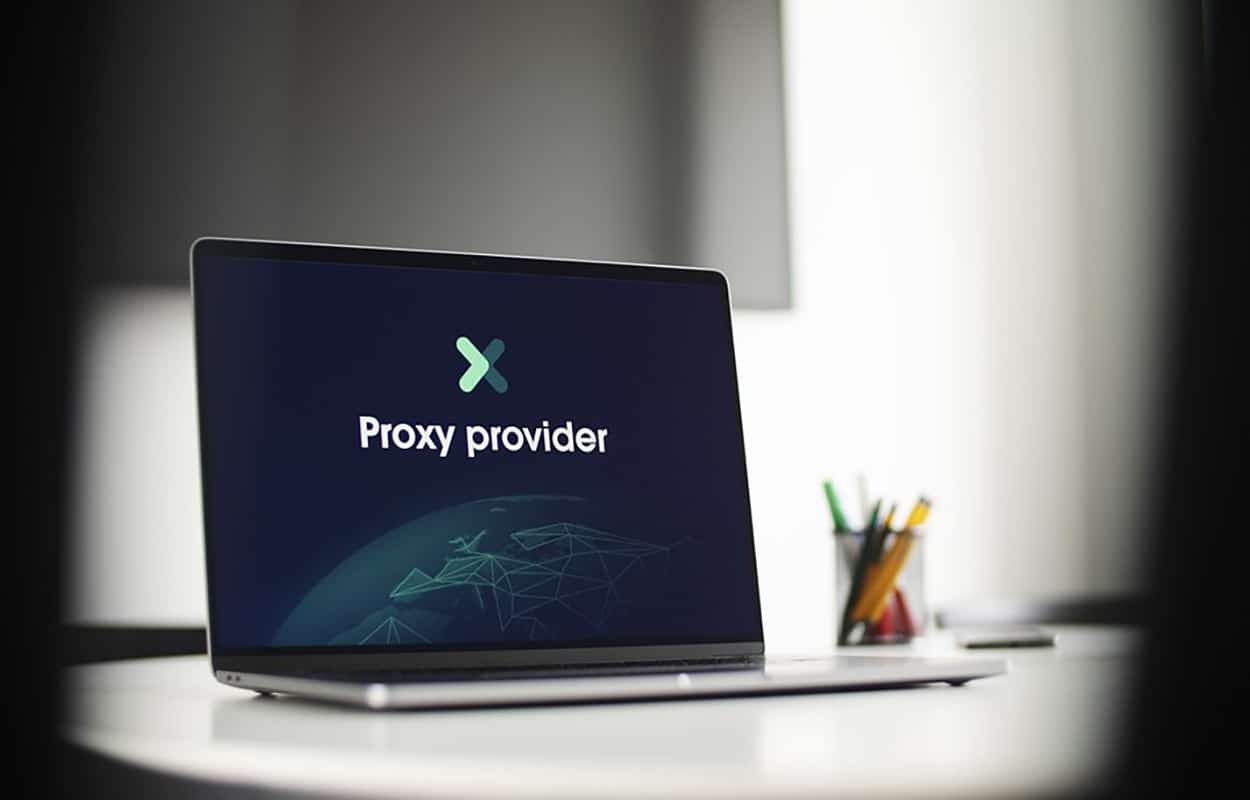
Why Use a Proxy Server?
A proxy server is basically designed to conceal your identity from other web servers as you connect with them. They work at the application layer, to help you browse anonymously and prevent third parties from tracking you.
Check out our top picks when it comes to the best proxy server, which can be pretty easy to set up.
When browsing or shopping online, your computer connects to remote servers to send and receive information. If you use a proxy server, it acts as a middle man when connecting to the internet. Some of the best proxy services are RSocks Proxy or Storm Proxies. Also, take a look at the Luminati Proxy review.
Your computer or application connects to the Google Chrome proxy server (see also Firefox proxies) which relays your requests to the target server. Before relying on your request, it will hide a lot of identifying info such as;
- Your original IP address
- Where the request came from
- Operating system information and more
Use a Proxy Server for;
As a middleman between you and the internet; it will help you to browse the internet with an anonymous IP address by hiding your real one. This means no one will know where you are located.
Access Restricted Content
Proxies also allow you to visit websites that have restricted content. It provides a secure way to unlock websites. You can access your favorite content such as games, movies, or even music.
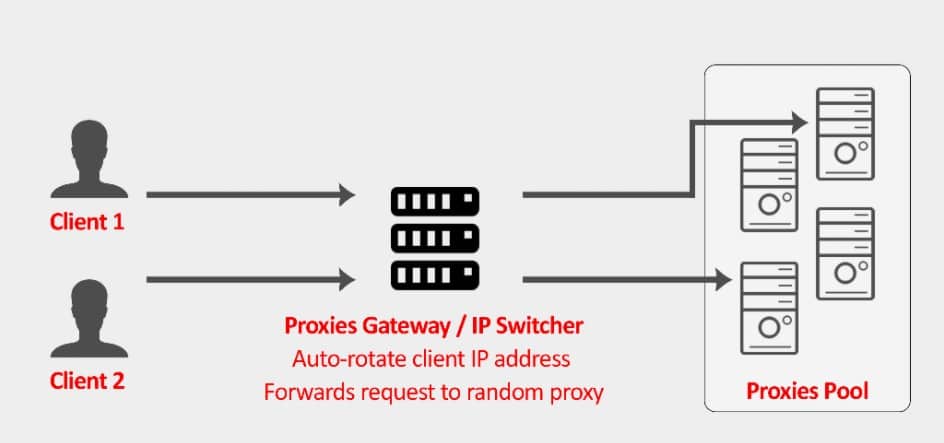
Filter Data Requests
Just like a network firewall, you can set up Google Chrome proxies within network settings to filter data requests. That means proxies can act as a firewall and internet filter to provide a high level of data privacy.
Google Chrome Proxies can also be used as a load balancer because it distributes the load between different requests to your different servers; reverse proxies are more popular with load balancing characteristics.
Is Proxy Better Than Firewall?
A firewall and a proxy server are both parts of a network's security. Firewalls can prevent unauthorized access to your computer by blocking ports and programs, whereas proxy servers effectively hide your internal network from the Internet.
Proxies are the most secure type of firewall because they prevent direct network contact with other systems.
Proxies act as a caching machine
They can speed up data transfer through cached web acceleration whereby a proxy server stores a copy of content that you had previously accessed. Proxies can store data and send it to your computer without the need to go through the main server.
Block Malicious People
Proxies allow you to set up network settings and rules that can block traffic or connections based on specific criteria. This will stop malicious people from attacking your devices. As we all know, cybercriminals have one major goal in mind; steal data.
Protect your sensitive data by configuring your computer's proxy settings.
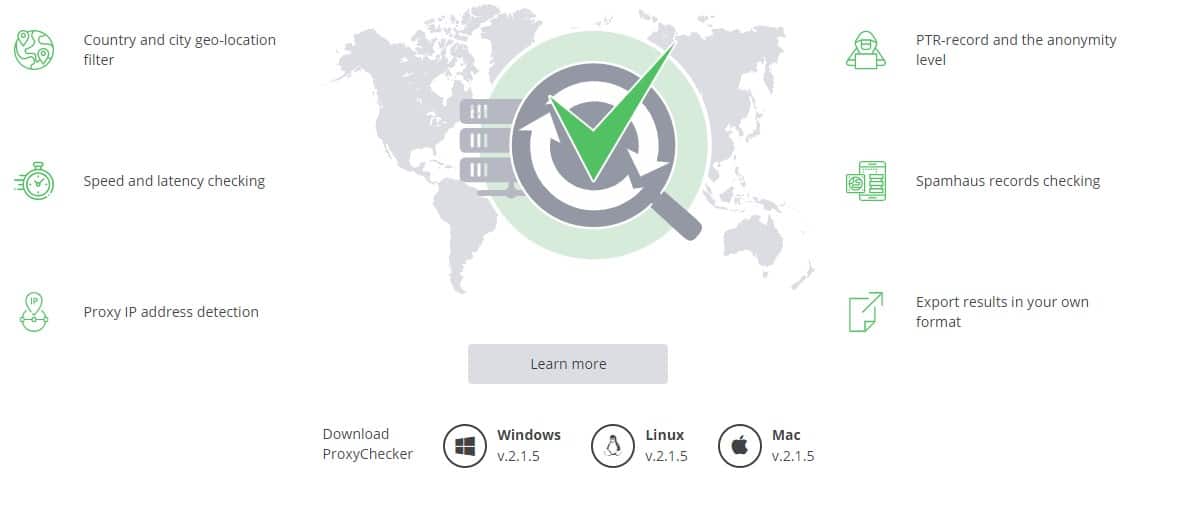
Other Benefits of using a Proxy Server
Apart from concealing your original identity as you access the internet, it also offers a lot more benefits including;
- Balance internet traffic to prevent crashes
- Enforce network policies that prevent, block dangerous or inappropriate websites
There’re many public proxy servers that you can connect to but first know their IP address. Here is the most common type proxy server you can choose;
- Open proxies also known as public proxy
- Forward proxy server
- Reverse proxy server
I wouldn’t recommend using an open or public proxy server, because it is not fully secured. This is because your data might not be safe from whoever controls it.
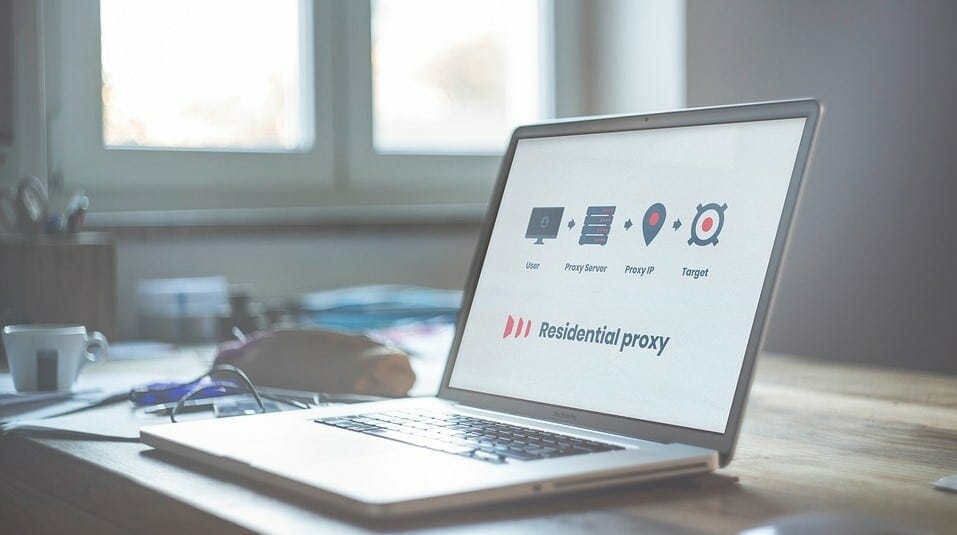
Keep in mind also, that some system proxy servers don’t encrypt network traffic. If you’re more concerned about your sensitive data, make sure it provides full encryption.
How to Configure Proxy Settings on Chrome?
Google Chrome allows you to set up a proxy server connection from its in-built proxy settings menu. For your computer's proxy settings, follow these steps;
- Go to the chrome settings menu
- Click on the Show advanced settings link
- Select system
- In the system’s section, click on “open your computer's proxy server settings”
- The internet properties window will open
- Select the connections tab and move down to local area network settings (LAN settings)
- Click on the local area network settings (LAN settings)
- The Local area network (LAN settings) window configurations should open
- In most cases, it will be set to “automatically detect settings” but to ensure the use of the manual proxy configuration, you need to disable automatic proxy configuration.
- Turn on the “use a proxy server” toggle/ check box which will automatically activate the system proxy settings text fields.
- In the proxy settings text field, enter the IP of your chrome proxy server
- Also, enter your proxy server’s port number in the Port field
- Finally, click the save button so that your Chrome proxy settings can be applied.
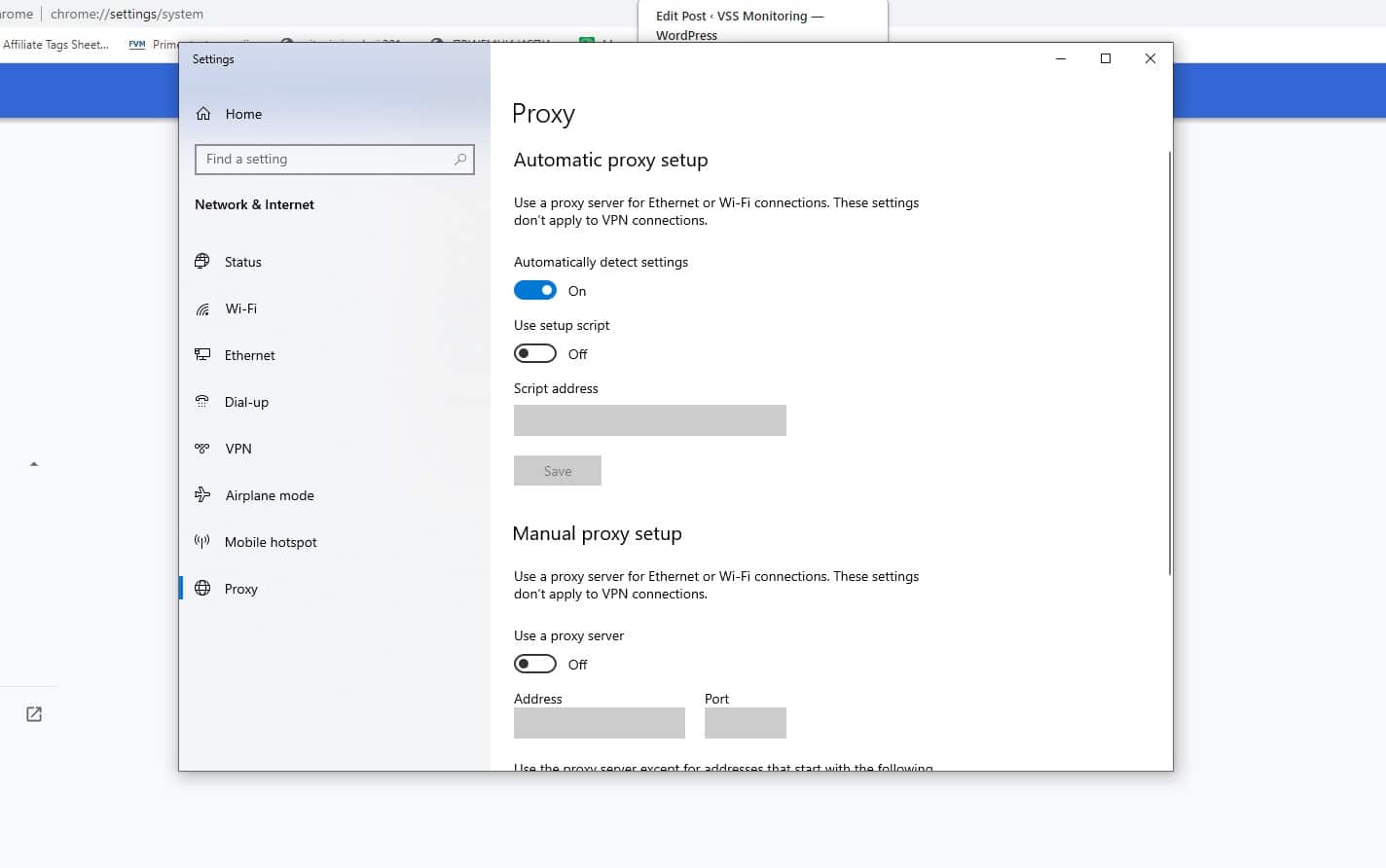
How to Configure Proxy Server in Windows 10
It’s easy for Windows 10 users to manually set up a proxy connection. Follow the steps below to get started.
- Click on the windows icon on the bottom left corner of your computer
- Click on settings menu to open it
- Inside the setting panel, click on network and internet
- In the network and internet panel, move down and click change proxy settings tab
- The proxy settings panel will give you two options; one for automatic proxy settings and another for manual proxy settings.
- If you want to use the automatic proxy settings, toggle on the “use setup script” option. Then, inside the “script address” field enter your URL such as HTTP:// www.unblockmyweb.com
- Click on Save to apply changes.
- If you want to use the manual proxy settings, scroll down and toggle on “use a proxy server” then enter your proxy server’s IP in the address field and its port number in the port field.
- Click on save to apply the change.
- You can test your proxy settings by running a (tracert) command in your computer’s CMD admin prompt. It should identify your proxy server’s IP address instead of your computer’s real IP.
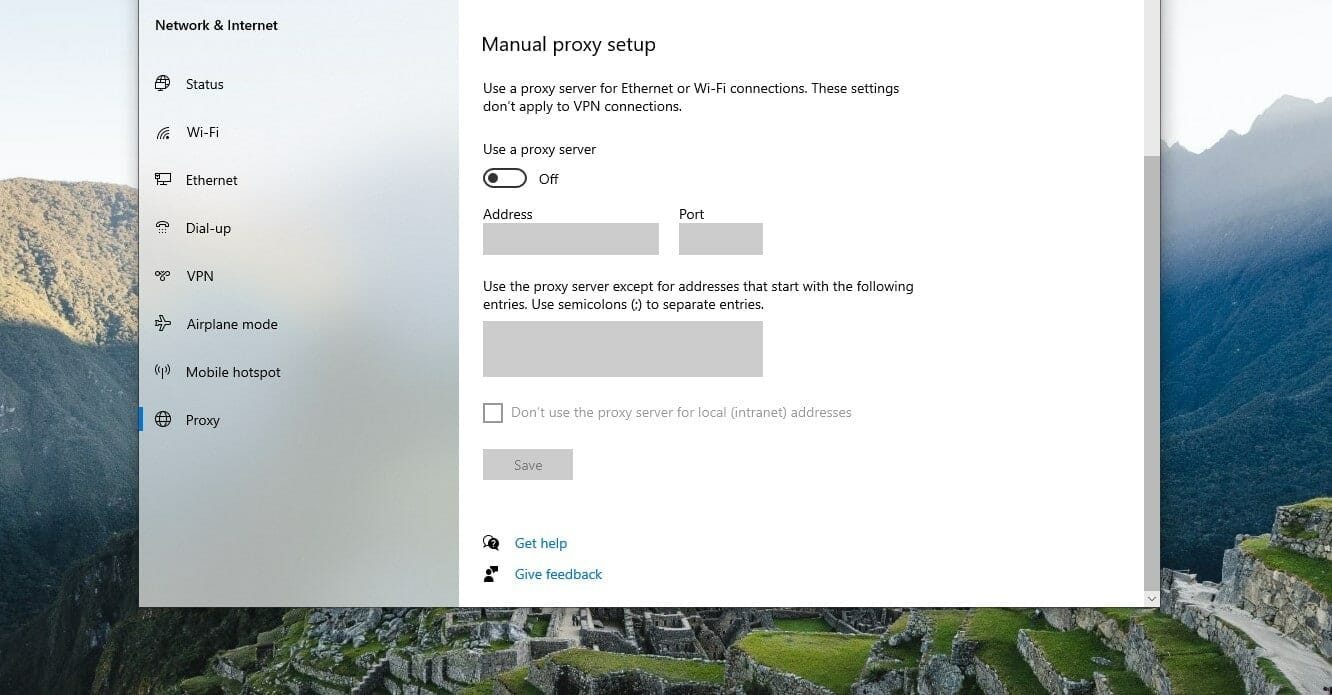
How do I Change Proxy Settings in Chrome?
Below is a step-by-step guide on how to change proxy settings in Chrome.
- Open your chrome browser and go to its settings menu at the top right corner of your browser.
- Click settings.
- In the chrome settings panel, scroll down and click advanced link
- Move to the System section
- Click on “open your computer’s proxy settings”
- Choose network and internet and click on proxy
- In the proxy panel, you have two options; automatic proxy setup, and manual proxy setup. You can choose depending on your preferred proxy connection.
- After you have set up the proxy server, click Save to keep your proxy settings.
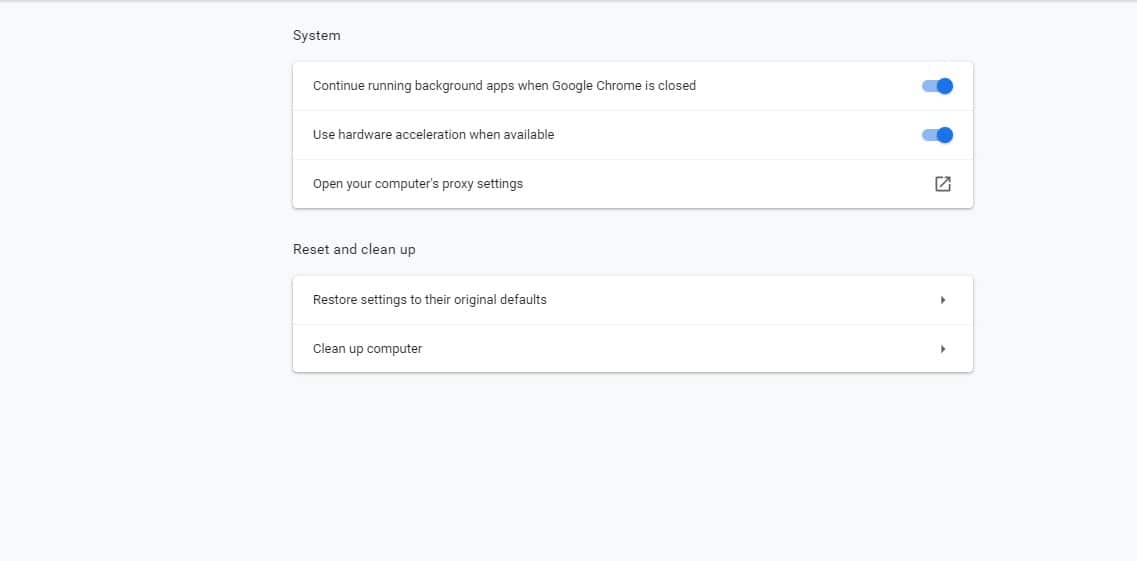
Which Type of Proxy is Best?
Residential proxies are by-far the best proxies for most uses, because they are IP addresses of real, physical devices. They appear as average users to all servers, and are almost impossible to detect (unless the proxy user abuses it). Using a residential proxy makes gaining access to data easy.
FAQs
1. How do I bypass proxy server on Chrome?
If you are using Google Chrome, there are a few options for bypassing your proxy server. One option is to install an extension like TunnelBear or Hola, which will allow you to browse the internet without restrictions. Another option is to change your proxy settings in Chrome so that it does not use a proxy server. To do this, open Chrome and go to Settings > Show Advanced Settings > Change Proxy Settings.
2. How does reverse proxy work?
A reverse proxy is a type of proxy server that forwards requests to another server instead of serving content directly from its own cache. This is useful for distributing load among multiple servers and for caching static content. When a reverse proxy receives a request, it determines the most appropriate server to fulfill the request and forwards the request to that server.
3. Is reverse proxy secure?
Yes, it's secure. A reverse proxy can be used to protect an organization's many web servers against web application vulnerabilities. Additionally, the reverse proxy provides other benefits such as server concealment and enhanced performance.
4. How do I find my proxy hostname?
Your proxy hostname can be found by opening your web browser and navigating to the Tools menu. From here, select Internet Options and then click on the Connections tab. You should now see a list of options in the middle of the window - from here, select LAN Settings.
5. What does configure proxy mean?
Configuring a proxy server means setting up the proxy settings and properties of the proxy server so that it can be used by clients to connect to the Internet. This includes specifying the IP address or hostname of the proxy server, as well as the port number it is listening on. Clients will also need to know the username and password (if required) for accessing the proxy server.


